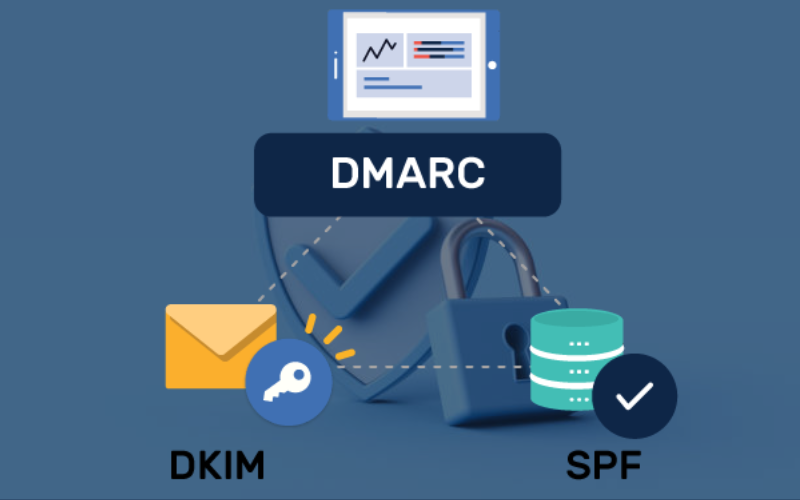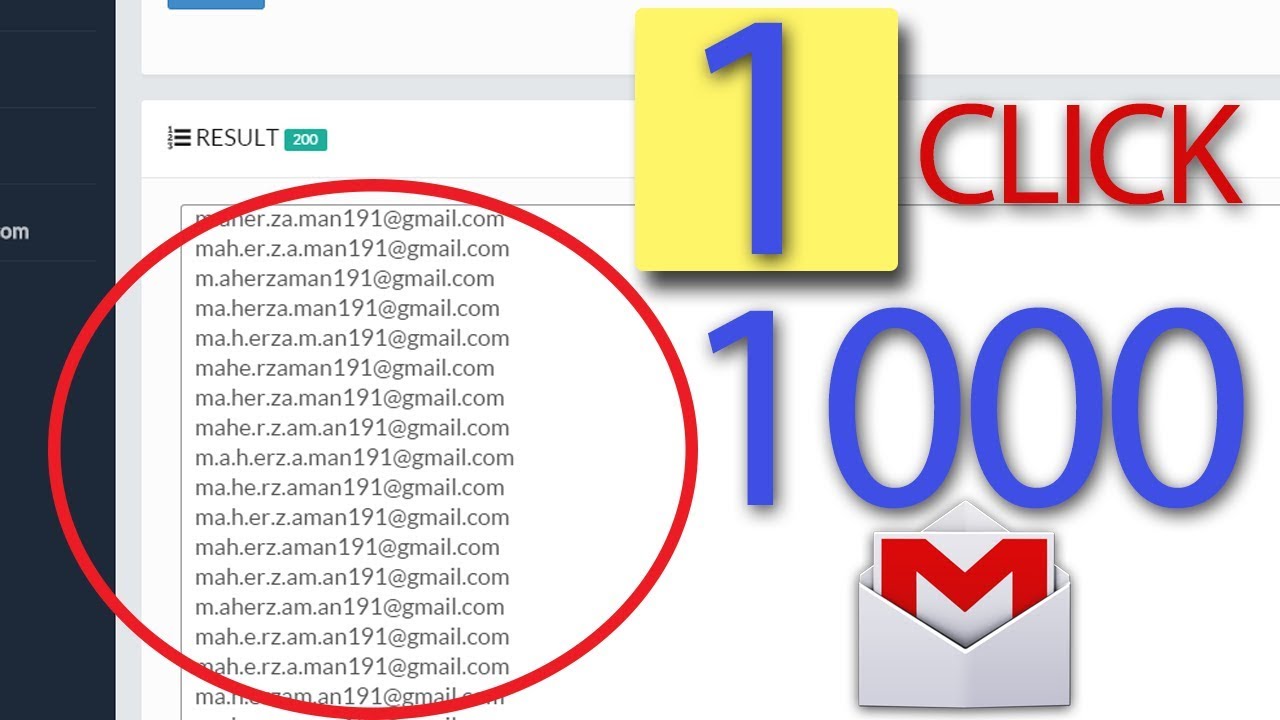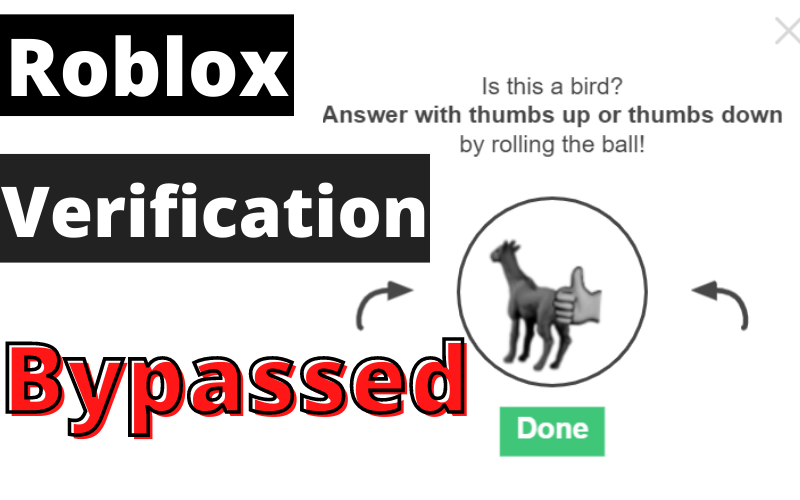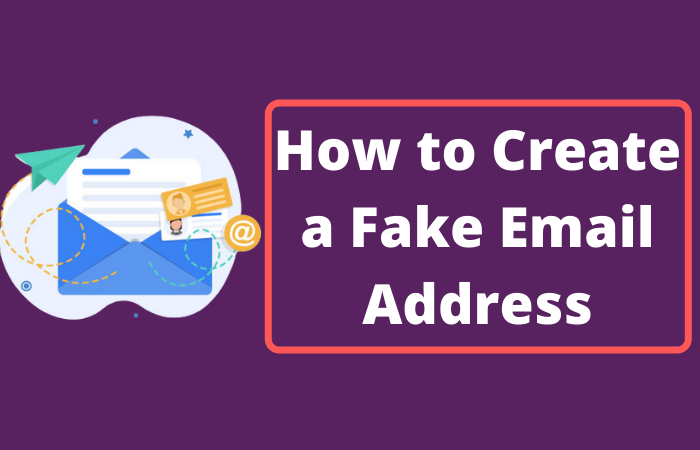A trio of email security measures has had a bumpy implementation path over the last year, despite modest improvements.
The three, known by their abbreviations SPF, DKIM, and DMARC, are challenging to install.
They demand thorough study to comprehend how they interact and complement one another with their security capabilities.
Understanding the significance of SPF, DKIM, and DMARC, as well as how they work together to safeguard emails, makes it clear that the time and money spent learning about and implementing them is worthwhile.
What is SPF?
Sender Policy Framework, often known as SPF, is a standard for email security that allows organizations to govern who is permitted to send email from their domain.
Your company has complete control over which IP addresses are permitted to send email through its domain.
Because SPF makes it possible to put a halt to attacks that impersonate domains, it has gained a lot of users.
As a result, it is a fantastic tool for preventing phishing, social engineering, and spam email attacks, among other online scams.
What is DKIM?
Through digital signatures, DomainKeys Identified Mail (DKIM) specifies a technique for an email sender to assert ownership of sent messages.
Signatures generated by the DomainKeys Identified Mail service (DKIM) are included in message headers that are otherwise compliant with the internet-wide message syntax standard.
Any SMTP server implementation that recognizes DKIM will automatically handle emails containing DKIM signatures in the email header and attempt to verify the signature's validity.
With DKIM authentication, domain owners may provide individual email providers access to a unique signing key.
They may be used by the transmitting company itself, such as when emails are sent from regional offices or by third-party providers that are acting as the domain owner's agents.
Whoever manages the email servers also has the private keys to the DKIM public key pairs.
Anyone who gets an email from the domain may quickly find the public keys because they are broadcast in DNS.
What is DMARC?
Domain-based Message Authentication Reporting and Conformance (DMARC) is an email authentication and validation mechanism that uses both SPF and DKIM.
If an email server is attacked or authentication is unsuccessful, DMARC can instruct the server how to proceed.
In addition to this, the owner of the domain may have access to data that provides specifics on the usage of his domain and brand.
How Do SPF, DKIM, and DMARC Work as One?
This three-pronged email authentication standard is held together by its backbone, the Sender Policy Framework (SPF).
SPF offers a way to confirm who the real owner of a domain is. SPF records enable email systems to check that the transmitting domain is authorized.
This verification is important for receiving the advantages of DMARC and DKIM, which are both important security protocols.
The Sender Policy Framework (SPF) protocol describes how DNS records and SPF information may be sent so that the validity of email servers can be checked.
SPF does not explain how to use the information it provides, such as whether or not an authenticated domain owner is delivering a message, and it cannot determine whether or not a message has been faked.
Among other things, this is because SPF does not say how to use the information it provides.
These are the kinds of scenarios in which DKIM and DMARC prove to be helpful.
Encryption and digital signatures are applied to emails from servers that support DKIM.
The digital signatures are validated by utilizing the public keys that are connected to the server that is doing the sending.
DKIM entries, which are attached to the DNS records of the domain owner sending the email, include these public keys and are generated automatically.
Through the use of the DKIM signature, it is possible to verify that the message originated from the domain that was specified.
When authenticating emails, DMARC depends on both SPF and DKIM to function properly.
Domain owners can educate receiving servers on how to handle un-authoritative or unauthenticated messages by using DMARC.
DMARC stands for Domain Message Authentication, Reporting, and Conformance.
As part of DMARC, a new type of DNS record called a DMARC record is defined, and it is in this record that the sender domain's public key is kept.
There are three separate records that email servers might utilize once they have received the message:
- Verify the sender's SPF record to ensure they have permission to send emails from the domain in question.
- Digitally certify an email's authenticity with DKIM by checking its digital signature.
- With DMARC, you may decide what to do with communications that cannot be verified.
Email administrators may be certain that DMARC will guarantee any suspicious communications are handled effectively, even if they want to take further safeguards with unauthenticated mail.
The Benefits of Implementing DMARC, SPF, and DKIM in Your Business
Because of its widespread use, email has become a primary entry point for cyberattacks.
For instance, Verizon's data show that emails account for 9 out of every ten efforts to spread malware.
The FBI claims that the most common global cybercrime is the email-based phishing scam.
Not only that, but BEC assaults are responsible for nearly half of all cybercrime damage in the last year.
An estimated $1.7 billion was lost this year due to BEC frauds. To put it another way, spam, phishing, BEC, impersonation, and C-suite fraud are all things that may be prevented through the use of DMARC, SPF, and DKIM.
These three email safeguards protect your company's domain from being hijacked for fraudulent purposes.
You may improve your email delivery capabilities, increase domain visibility, and increase email reliability by adding DMARC, SPF, and DKIM.
Conclusion
Implementing SPF, DKIM, and DMARC in your email security plan is crucial for establishing fundamental standards and barriers for online communications and avoiding sender fraud and spoofing methods employed in today's attacks.
Email authentication procedures should be deployed as part of an overall strategy towards securing corporate email,
preferably administered by a reliable email security company, to fortify email against today's sophisticated threats





Leave a Reply